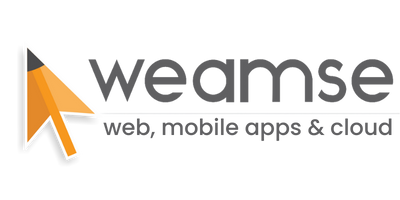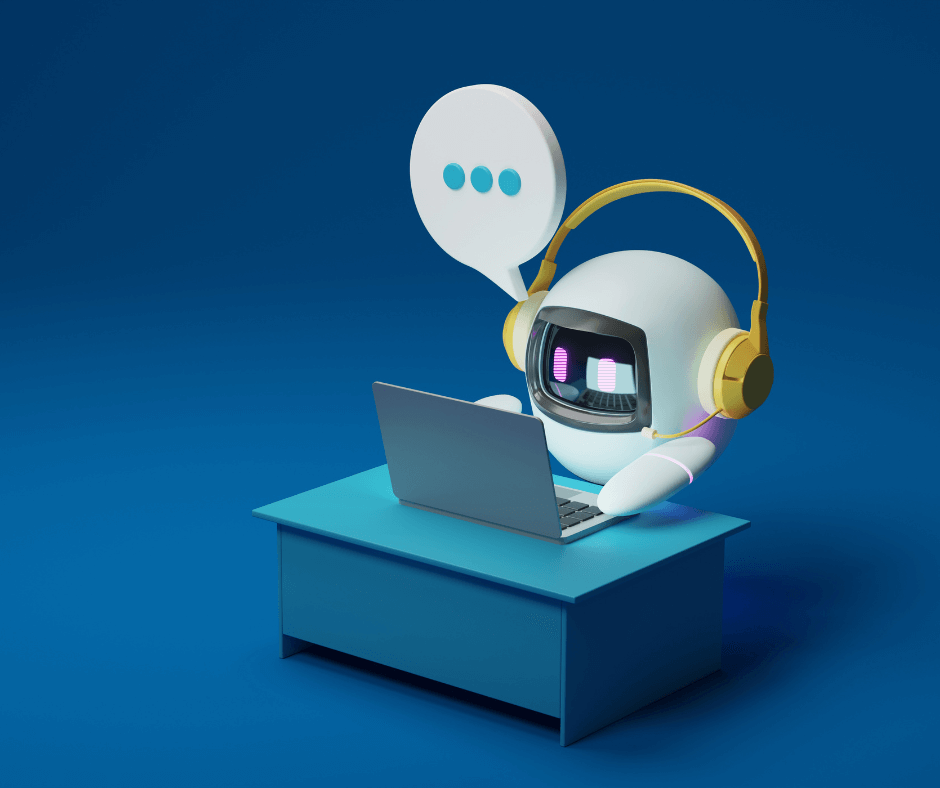The web development sector is changing quickly. Many improvements have been achieved in recent years, including faster and better designs. Hours of code, imagination, and creativity are needed for web creation. Furthermore, as with many other things, easy and nice are rarely the same.
We’ve outlined some of the most common Web Development Problems and Solutions in this blog, which every Web Developer faces.
Defining Goal
The construction of websites presents numerous obstacles. The first hurdle you must overcome in a project is clearly defining your goals. Goals may negatively impact the quality of your website or web application. Establishing a clear objective streamlines the procedure and enables developers to concentrate on the appropriate path.
Solution
With reference to the web application’s vision, developers must have clear and precise goals. Getting your project back on track might be facilitated by understanding how applications and websites benefit your users.
When the goals are established, make sure the team, that is, all those involved in the business and developers agree so that, if necessary, they may debate the goals with the team.
UI/UX Designing
Usually, an eye-catching design is the first thing that draws the observer in. People enjoy interacting with visually appealing designs and web development. Everything that is produced for marketing purposes ought to be excellent. By doing this, you can raise conversion rates and user engagement. For this reason, each website or app needs to have a strong web design.
Solution
Users will be drawn to the visually appealing interface for an extended period of time. As a result, the UI should be straightforward and distinctive. As a result, users might have a positive user experience. Easy-to-read language, captivating images, and intuitive navigation are all responsive user interface features.
You can attract new clients in addition to keeping your current ones with an eye-catching design. Remember that the user interface (UI) serves as a conduit between the user and the web application and is the most fundamental component of web development.
Load time and speed
Designing something visually appealing is crucial, but it’s also complex. It requires imagination as well as a thorough knowledge of computer languages, UI/UX design, and development abilities.
Solution
With just one term, search engines can return hundreds of results for Google users. Users don’t have to wait for the web page to load because many options are available. You will be sent to another search result if it takes less time. Slow loading times can, therefore, seriously harm both businesses and viewers.
It should take up to three seconds to load. If not, visitors can become disinterested and quit the website. One of the most challenging tasks for developers is making your website, or application run faster and more smoothly.
Suitable Skill Set and Programming languages
The web development industry provides a variety of frameworks, programming languages, and tools for creating web applications. While choosing the right tools and frameworks may seem simple, many builders need help to grasp this task in the early stages of development.
Solution
Your requirements and ambitions and the developer’s familiarity with frameworks and other programming tools will determine what you need. Complex tools may be required for complex situations. However, WordPress and other similar systems can be used for basic web development tasks like blogging.
In addition, the programmer’s skill set may have an impact on the project’s overall progress. Another issue that can be resolved by selecting a highly experienced coder is the need for more imagination and expertise.
Safety and Security
Companies in the modern era that have a significant internet presence often worry about security. Ensuring the security of your application is crucial for safeguarding sensitive data.
Solution
Your website or app can be made more secure in a variety of ways. During the development phase, your web developer should be thinking about all potential security measures.
Cryptographic keys, or SSL certificates, are a part of international security. It makes it easier for the server and browser to communicate securely. Protect important information like login credentials, financial data (including credit card numbers), and transaction details with its help.
To further secure your account, multi-factor authentication should be used. A user’s ability to access their accounts is contingent upon their completion of a series of authentication steps.
Conclusion
Web development, it turns out, is a crucial component that may turn your website concept into a workable final product. Because of its critical significance in search engine indexing, website performance should be your top priority at all times.


